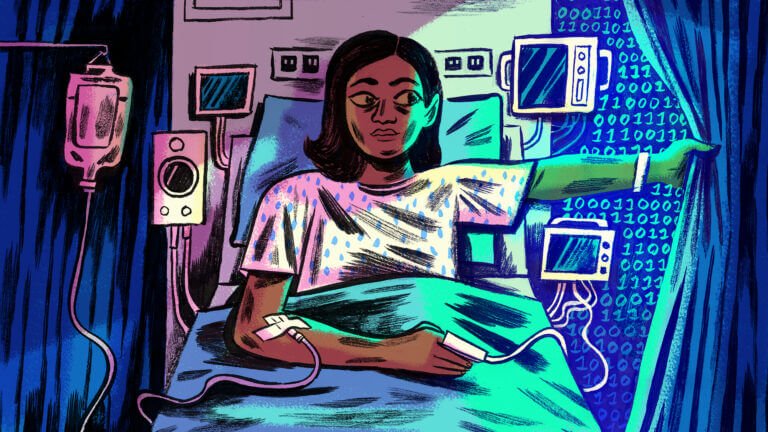For many serious diseases, the statistics tell just half the story. Sickle-cell disease (SCD) is no exception. Yes, we can say that SCD affects approximately 100,000 people in the United States and thus qualifies as the nation’s most common inherited blood disorder. … But even numbers as grim as these fail to convey what SCD does to people at the individual level.
…
Diseases caused by mutations within a single gene—diseases such as [sickle cell disease], Huntington’s disease, and cystic fibrosis—are all prime targets for CRISPR gene therapy to correct the disease-causing DNA mutations. In fact, it is already being evaluated in early-phase clinical trials for several disorders, including SCD.
…
Here at IDT, we have successfully engineered an improved Cas9 nuclease. We devised an unbiased bacterial screen, and we used it to isolate a high-fidelity Cas9 that exceeds the targeting specificity and matches the on-target editing efficiency of wild-type Cas9.
…
As CRISPR technology advances rapidly and generates excitement among scientists and the general public, it is paramount that we have not only the tools to edit more precisely and effectively, but also tools to check for and eventually address OTEs, particularly when considering genome editing in humans.


































